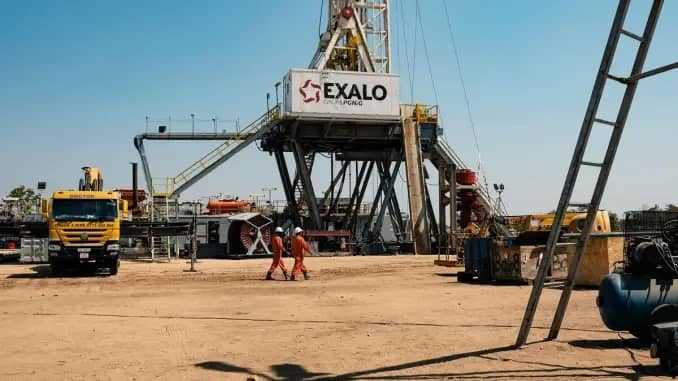
Nyashadzashe Ndoro
Zim Now Reporter
Invictus Energy Limited has announced positive results from the interpretation of new 2D seismic data acquired in its Cabora Bassa Project in Zimbabwe.
The company said that multiple seismic amplitude-supported prospects have been mapped in the Dande Formation.
“The fact we see the seismic amplitude response across the Musuma, Mopane and Mururo prospects in the south-east of our exploration licence area is extremely encouraging, and could ultimately be part of a single, large hydrocarbon accumulation,” said Invictus Energy Managing Director, Scott Macmillan.
“The Dande Formation targets are relatively shallow (sub-1 200m) and can be tested with a simple low-cost vertical well.”
The company has completed an interpretation of the processed seismic data, tying in key subsurface features to the existing seismic dataset and incorporating insights from the Mukuyu well data.
Related Stories
“The presence of consistent amplitude anomalies across different seismic datasets ... adds confidence to their interpretation and, by inference, the presence of genuine hydrocarbon-related amplitude anomalies significantly increases the chance of a valid trap being present,” Invictus said.
The Mukuyu wells confirmed the Dande Formation as a prospective new play. While the wells were sited to test other formations, the Dande Formation was recognised as a potential target.
“At Mukuyu-2 the well encountered good quality Dande reservoir and the presence of residual hydrocarbons was interpreted based on wireline logs and elevated mud gas readings,” Invictus said.
“This presence of effective reservoir sands in the Dande Formation makes it a viable exploration target elsewhere in the basin.”
The Cabora Bassa 2023 (CB23) 2D Seismic Survey was acquired by Invictus to provide additional data over prospects identified on previous surveys.
In March, Invictus Energy Limited announced a natural gas and condensate discovery at its Mukuyu-2 well in the Cabora Bassa project in Zimbabwe. The discovery was confirmed through preliminary compositional analysis of downhole reservoir fluid samples, which showed high-quality natural gas with minimal impurities and a condensate gas ratio of 14-22 bbl/MMcf.
The analysis also revealed that the gas contains less than 2% CO2 content and no H2S, which will require minimal processing to prepare for sale to downstream customers. The condensate API gravity is estimated to be between 50-60, indicating a high-quality liquid hydrocarbon.
The discovery of both light oil and gas-condensate also enhances the potential for monetisation of the Mukuyu gas discoveries and further exploration of the company’s portfolio of multiple drill-ready prospects.




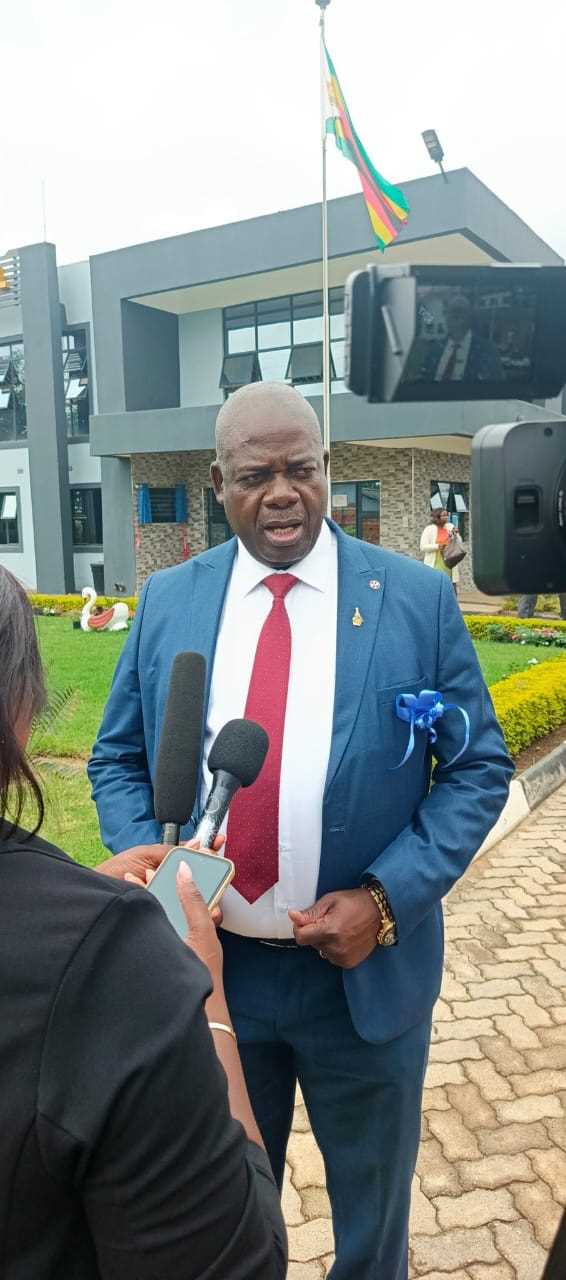





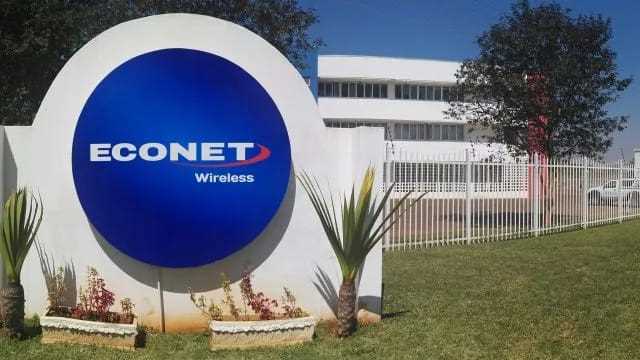

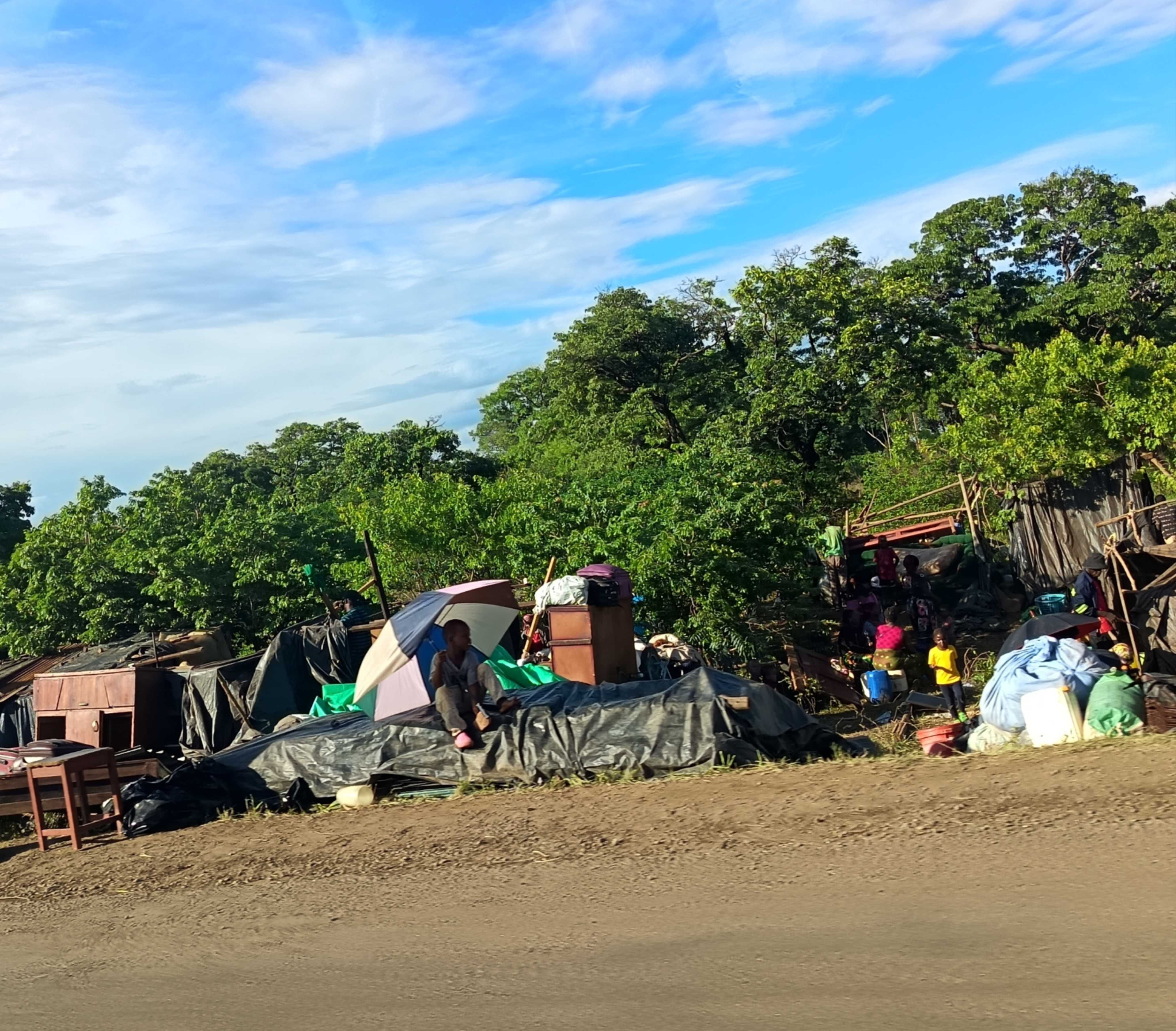


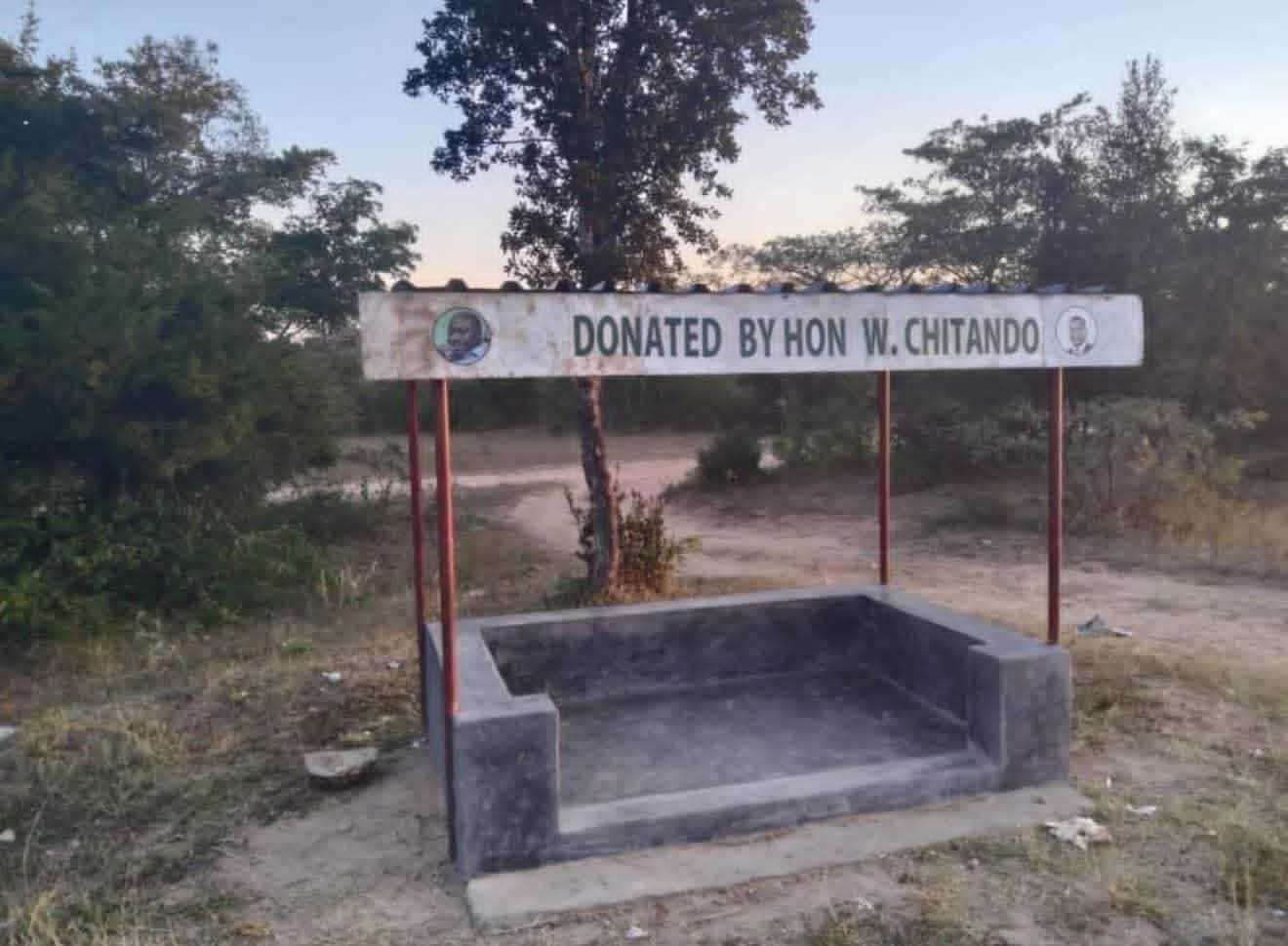
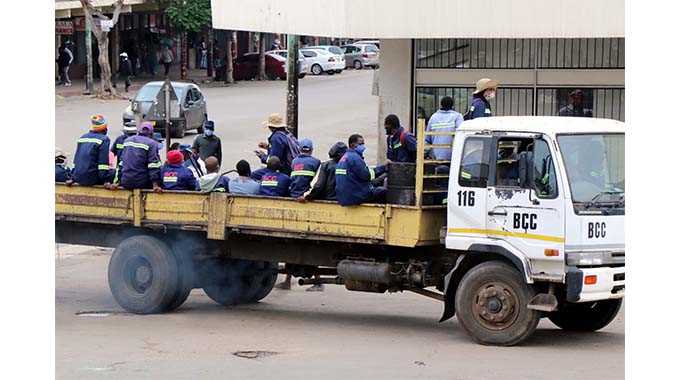
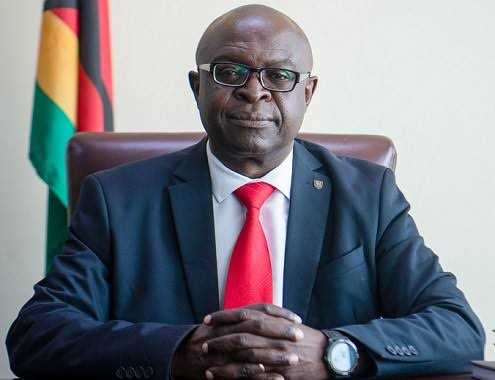


Leave Comments